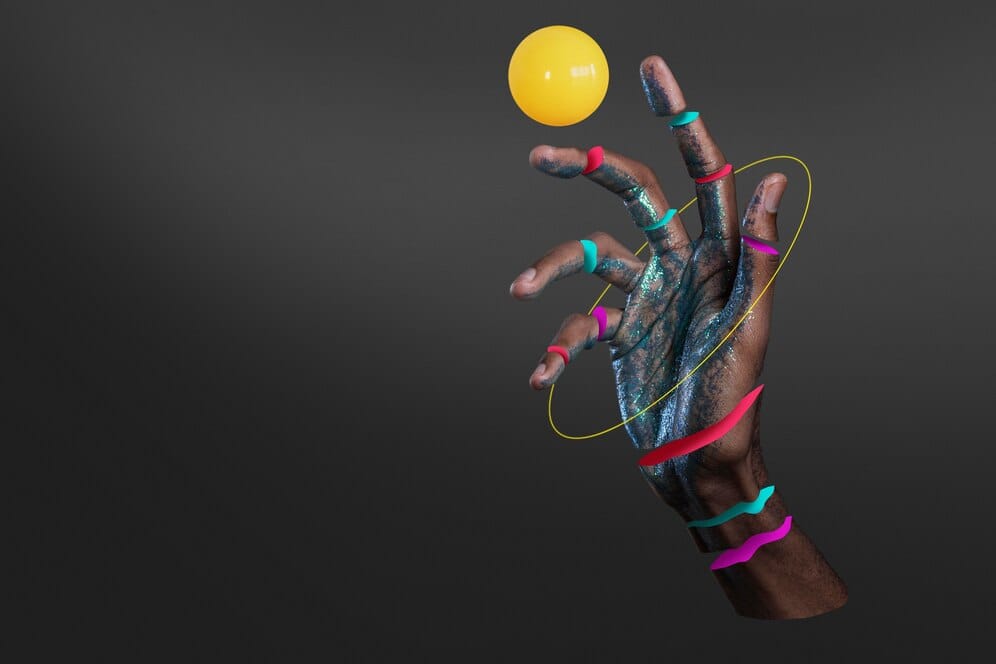The Ethical Dimensions of AI Art: Navigating Creativity in the Era of Machines
This article delves into the intricacies of AI art, exploring its ethical implications and the intersection of creativity and artificial intelligence.

Introduction
In the ever-evolving landscape of art and technology, the emergence of AI-generated art has sparked profound ethical debates. This article delves into the intricacies of AI art, exploring its ethical implications and the intersection of creativity and artificial intelligence.
The Rise of AI Art
Advancements in artificial intelligence have enabled machines to produce artworks that challenge traditional notions of creativity and authorship. AI algorithms can generate paintings, music, and literature, blurring the lines between human and machine-generated art.
Defining Creativity in AI
The question of whether AI can be considered creative raises fundamental philosophical inquiries. While AI systems can produce novel and unexpected outputs, critics argue that true creativity involves human intuition, emotion, and subjective interpretation.
Ethical Dilemmas in AI Art
AI art presents a myriad of ethical dilemmas, including issues of authorship, ownership, and cultural appropriation. Questions arise regarding the responsibility of human creators, the commodification of AI-generated art, and the potential reinforcement of societal biases.
The Role of Human Input
Despite AI's ability to autonomously generate art, human intervention remains integral to the creative process. Human artists and programmers shape AI algorithms, select training datasets, and provide artistic direction, raising questions about the attribution of credit and responsibility.
Cultural and Social Implications
AI art reflects and influences cultural values, societal norms, and technological progress. Its impact extends beyond the art world, shaping public perceptions of creativity, innovation, and the relationship between humans and machines.
Navigating Ethical Frameworks
To address the ethical challenges of AI art, it is essential to develop robust frameworks that prioritize transparency, accountability, and inclusivity. Ethical guidelines should consider the interests of artists, audiences, and society as a whole.
Conclusion
In conclusion, the ethics of AI art are complex and multifaceted, touching upon issues of creativity, authorship, and societal values. As AI technology continues to evolve, it is crucial to foster dialogue, collaboration, and critical reflection to ensure that AI art serves as a catalyst for positive change.
FAQs
- What is AI art?
- AI art refers to artworks generated with the assistance of artificial intelligence algorithms, including visual art, music, literature, and performance.
- Can AI be creative?
- The question of AI creativity is subject to debate, as AI systems can produce novel outputs but may lack human intuition and emotion.
- What are some ethical dilemmas in AI art?
- Ethical dilemmas in AI art include questions of authorship, ownership, cultural appropriation, and the reinforcement of societal biases.
- How does human input influence AI art?
- Human artists and programmers play a crucial role in shaping AI algorithms, selecting training datasets, and providing artistic direction.
- What is the future of AI art?
- The future of AI art depends on how society navigates its ethical complexities and harnesses its potential to inspire creativity and innovation.